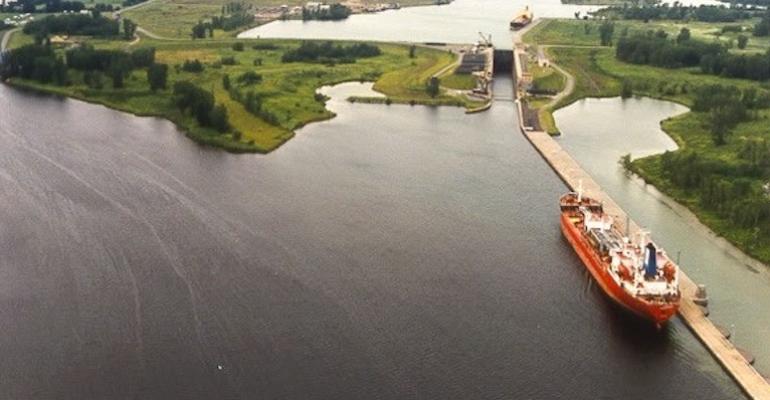St. Lawrence Seaway Management Corporation (SLSMC) and UNIFOR, representing 360 employees, reached a tentative agreement bringing to an end a strike that started on 22 October.
Details of the agreement, which still needs to be ratified by workers, have not been made public.
With the strike coming to an end employees returned to work at 7am on 30 October and SLSMC said ships would start passing progressively.
According to the American Great Lakes Port Association over 100 ships are waiting to pass through the seaway system both east and west bound.
“Seaway traffic managers are now working closely with vessel operators and pilot organisations to choreograph a smooth reopening. They estimate that it will take 3-4 days for ship traffic flows to return to normal,” the Association said.
The strike was estimated to have cost the economy $50 - $80 million dollars per day.
Commenting on the deal SLSMC President and CEO Terence Bowles, said, “We have in hand an agreement that’s fair for workers and secures a strong and stable future for the Seaway,
“We know that this strike has not been easy for anyone, and value the patience and cooperation of our marine industry binational partners; carriers, shippers, ports, local communities and all those who depend on this vital transportation corridor on both sides of the Canada - US border.”
Lana Payne, Unifor National President said: “For the first time in 55 years seaway workers took the very hard decision to go on strike. They did so to fight for a more respectful workplace and for an agreement that reflects today’s economic times.
“They have shown that the best deal is reached at the bargaining table, and I congratulate the committee on their outstanding work on behalf of their members.”
Copyright © 2024. All rights reserved. Seatrade, a trading name of Informa Markets (UK) Limited.
Add Seatrade Maritime News to your Google News feed.  |

